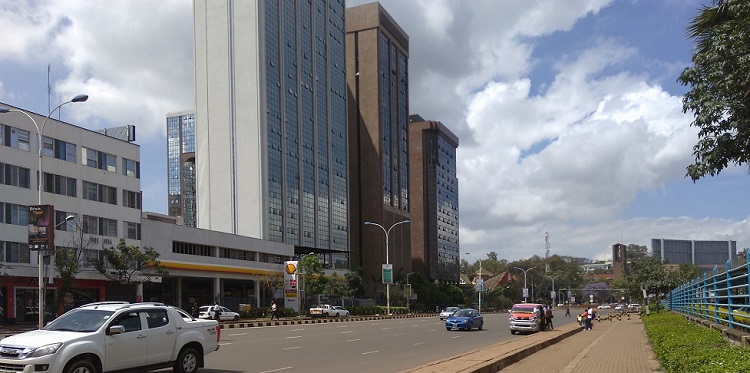Knight Frank LLP, the leading independent global property consultancy ’s (Y)OUR SPACE report, real estate is now a strategic priority for occupiers as the workplace represents an additional lever for business leaders in pursuit of competitive advantage.
“In this respect, real estate decisions influence and reinforce an array of business priorities – from talent management, corporate and social responsibility, inclusion and diversity, to the transformation of corporate culture and brand or the restricting of business models in light of rapid technological advances,” the report states.
The (Y)OUR SPACE report notes that the five themes that will shape future occupational demand across global real estate markets include: the productivity push; next-wave technologies; changing corporate models; space-as-a-service model; and mobility and mergers.
There are five themes that will shape future occupational demand across global real estate markets according to Knight Frank.
“Individually, each of these themes will be highly influential. In combination, they represent nothing short of a new occupational orthodoxy.”
The Productivity Push
Real estate is a strategic device for business. Attitudes towards real estate costs are changing, as focus shifts towards effective rather than cheap real estate solutions. Real estate has a critical role to play in the push for increased corporate productivity. Yet, this is not about increasing the density of occupation with the ultimate aim of savings at all costs. This approach has ultimately proven counter-productive. Instead, the aim is now to increase productivity by strengthening the interaction between people and property via the creation of, and investment in, a positive, serviced and well-supported workplace experience.
Next Wave Technologies = New Business Models = New Occupational Demand
Next wave technologies such as Artificial Intelligence (AI), robotics and automation will create a period of rapid organisational and process re-engineering. This will change the future form, function and location of the workplace. It will reset the quantum and qualities of staff required by a business. It will bring about the closer interaction of humans and machines in support of greater corporate productivity.
Critically, it will create new and different forms of occupational demand in global real estate markets.
Changing Corporate Constitutions
The seemingly constant revision of business models derives from more frequent technological change. As organisations refocus on their core competencies or seek skills that sit outside of their traditional orbit, corporate supply chains are becoming broader and deeper. At the same time, corporate diversity initiatives and the rise of multi-generational workforces serve to alter the company demographic. These trends have multiple implications for the workplace. For example, they can strengthen the need for more flexible, collaborative workspace that improves interaction between staff.
Space as a service’ becomes the demand default
The workplace is becoming a flexible business service that can actively support growth, rather than a fixed and often (to the occupier) financially onerous physical product. This repositioning is alluring to the occupier and will become the demand default. Traditional Landlords have little choice but to adapt to this new dynamic and adopt the approach taken by the co-working ‘upstarts’. They must extend their innovation beyond the design of the physical product and towards the provision of soft-services, community and well-being.
Mobility and Mergers Underpin Occupier Activity
As we enter a boom period of M&A activity, and as the search for talent intensifies, occupier portfolios will incorporate markets and submarkets that were once terra incognita. There will be a conscious movement towards workspaces close to talent pools, but which also have the amenity, service and infrastructure to assist in the retention of that talent. We are in a new era of occupier mobility. It will not only bring greater complexity to the corporate real estate portfolio, it will also extend the pool of demand emerging within global real estate markets.
In summary, these five trends will determine the future what, where, how and why of the global workplace. They will shape your space. They demand your attention. Consequently, this report divides into five distinct sections that tackle each of the trends in turn and, through a series of high profile, global case studies and a comprehensive survey of global corporate real estate professionals, provides real insights into the changing global workplace.
Source: Knight Frank




